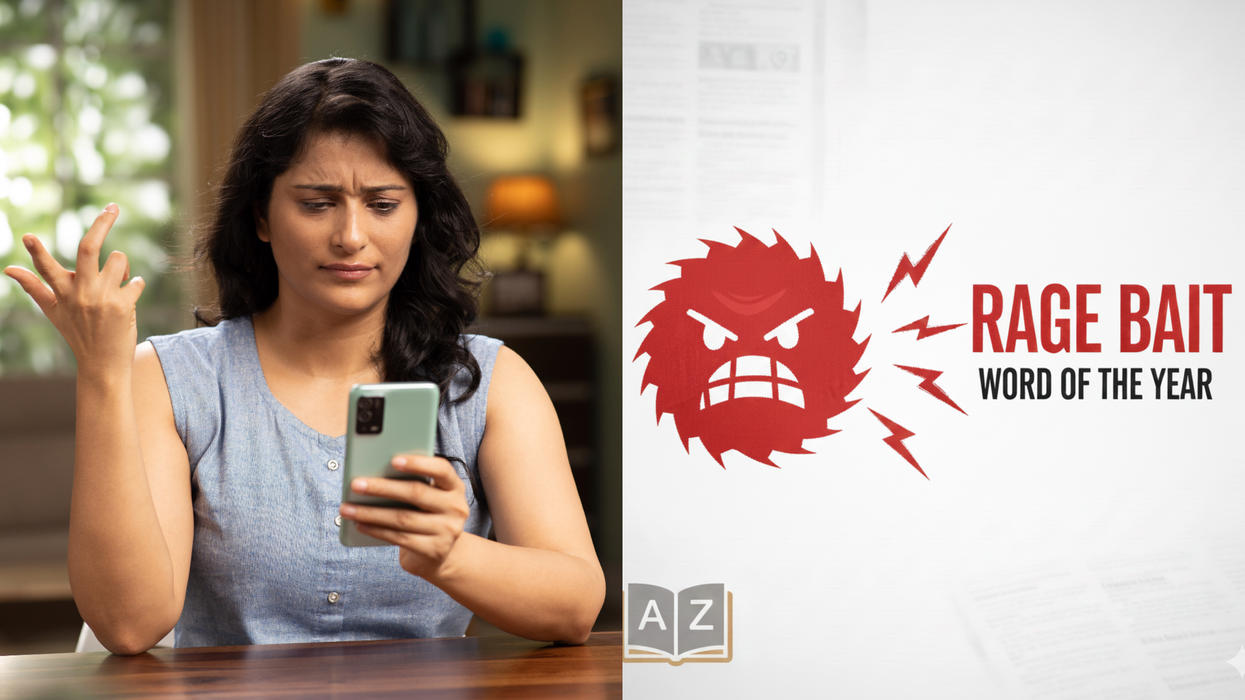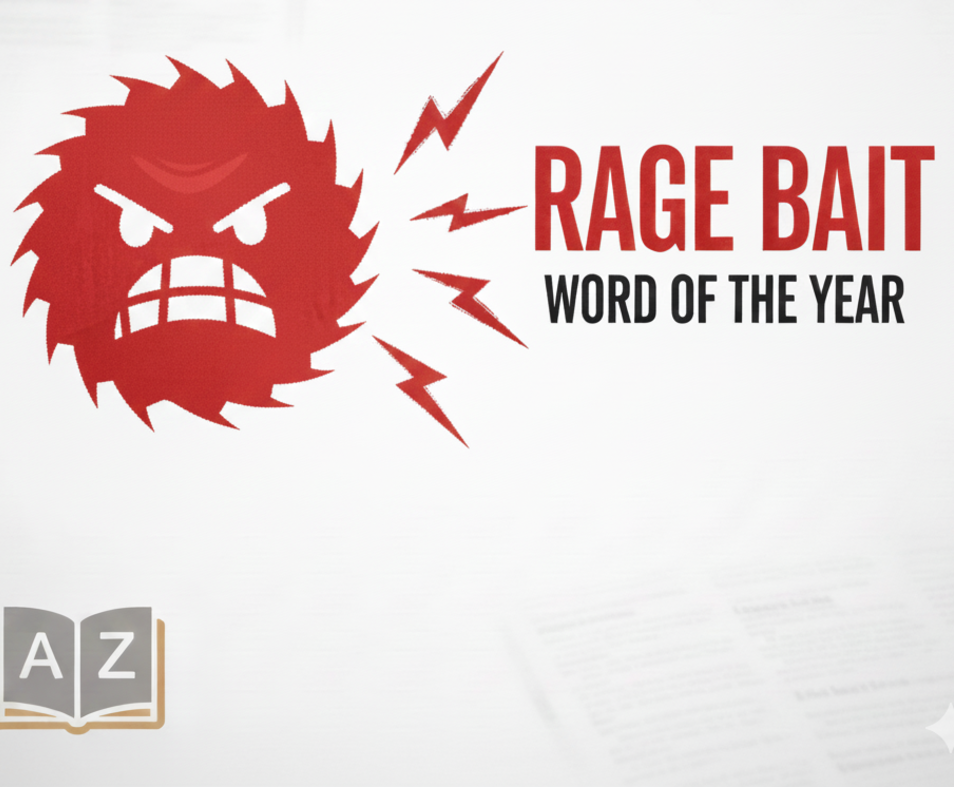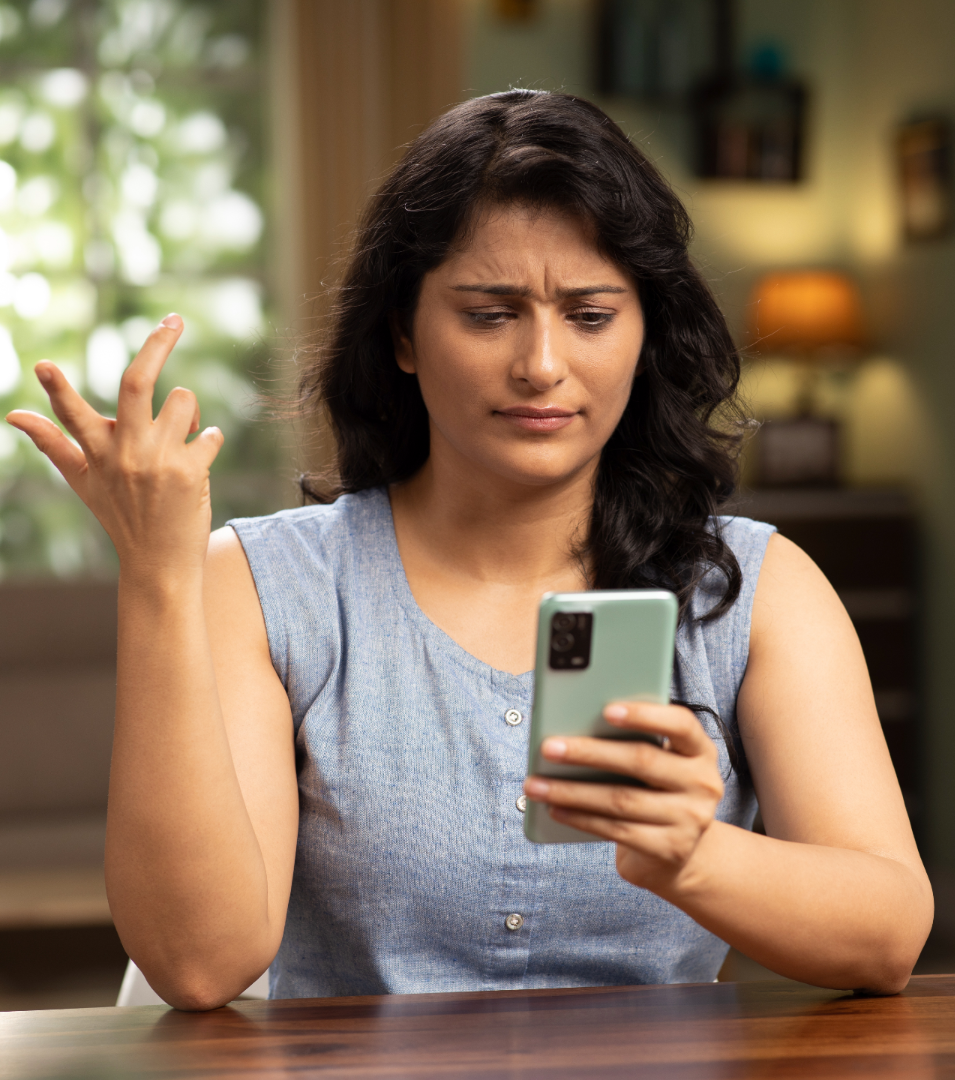Hafiz Saeed, the founder of the Pakistan-based Lashkar-e-Taiba and mastermind of the 2008 Mumbai terror attacks, toured the UK in the 1990s to incite Muslims to become jihadis, according to a media report.
A BBC investigation has said that Saeed, one of the world's most wanted terror suspects, who now heads the Jamaat-ud-Dawa (JuD) group in Pakistan, had toured British mosques in 1995 and his visit was recorded in a magazine published by the LeT at the time.
During the tour, Saeed spoke in Birmingham where he denounced the Hindus and urged his audience to "rise up for jihad". In Leicester, he spoke at a conference attended by 4,000 young people, according to the BBC Radio 4 documentary, titled The Dawn of British Jihad, aired last night.
"There is non-stop talk about jihad, encouraging British Muslims to join him," Sajid Iqbal, one of the programmes producers, told BBC Scotland.
While in Glasgow, Saeed addressed a large gathering at the Central Mosque and claimed Zionists were using billions of dollars to "kill the spirit of Jihad" or the Holy War among Muslims.
"They are trying to entice Muslims to the politics of power through democracy. They are also using the interest- based economy to keep Muslims in debt," Saeed told his audience.
The documentary's producer said he was surprised that Glasgow Central Mosque had opened its doors to a "known militant" because it is run by Deobandi, a different denomination of British Muslims to Saeeds Ahl-e-Hadith community.
"Even in 1995, he was a known militant, active in Kashmir," said Iqbal.
Glasgow Central Mosque has not commented on the report.
Lashkar-E-Taiba, promoted by Hafiz Saeed on his tour of Britain, was proscribed as a terrorist organisation by the UK Home Office in March 2001.
On November 26, 2008, the Pakistan-based group was linked with the deadly wave of 12 coordinated shooting and bombing attacks across Mumbai lasting four days, which claimed 166 lives and injured hundreds others.





 Rage bait isn’t just clickbait — it’s Oxford University Press’ word of the year for 2025 iStock/Gemini AI
Rage bait isn’t just clickbait — it’s Oxford University Press’ word of the year for 2025 iStock/Gemini AI 
 Online Trends iStock
Online Trends iStock Rage bait isn\u2019t just clickbait \u2014 it\u2019s Oxford University Press\u2019 word of the year for 2025 iStock/Gemini AI
Rage bait isn\u2019t just clickbait \u2014 it\u2019s Oxford University Press\u2019 word of the year for 2025 iStock/Gemini AI 






